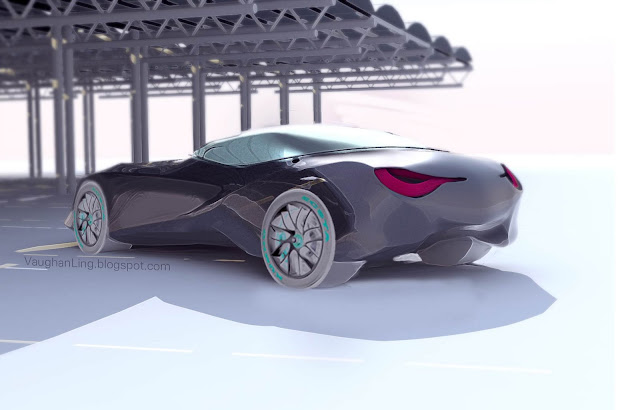
Plug your phone or tablet into the computer with your USB cable. In macOS, it’s located at: /Users/ your username/Library/Android/SDK/platform-tools In Windows, you’ll find it at the following location: /users/ your username/AppData/Local/Android/sdk/platform-tools Next, you’ll need to open Command Prompt (in Windows) or Terminal (in macOS) and navigate to a folder named “platform-tools” where your Android SDK is installed. Step Four: Verify Your Device Connection with ADB Make a note of your app’s APK name before continuing. In our example (Chrome for Android), the full address is: Īnd the APK name we’re looking for is “.” After the “id=” identifier tag, the address will show the APK name of the app.

When you’ve reached the desired app’s Play Store page, take a look at the web address in the browser URL bar. If you can’t find it immediately, you can click the “All Apps” button beneath the Search bar to narrow it down to only apps installed on one device. Click on “Apps” in the left-hand column, then “My Apps.” This give you a list of all the Android apps you’ve installed through the Play Store.Ĭlick the app you want. Open any web browser and go to the Google Play Store at.

But there is an easy way to get the information on your desktop. Unfortunately, Android doesn’t make it easy to find that out with default tools. In order to manually adjust an app’s settings in ADB, you’ll need to know its exact application file name, or APK name. Once you’re done with the installation, come back here and continue to the next step. Make sure you have the USB driver for your phone installed as well. If not, you can follow this handy guide on how to get it up and running.

If you haven’t messed around with your phone much, you probably don’t have the Android Debug Bridge installed on your PC yet. RELATED: How to Install and Use ADB, the Android Debug Bridge Utility Step Two: Install the Android SDK and ADB

Tap “Developer Options,” and inside you’ll find the “USB debugging” option under the Debugging heading. When you see the popup notification that says “You are now a developer,” press the Back button and you’ll see a new option in the main Settings Menu: “Developer Options.”


 0 kommentar(er)
0 kommentar(er)
